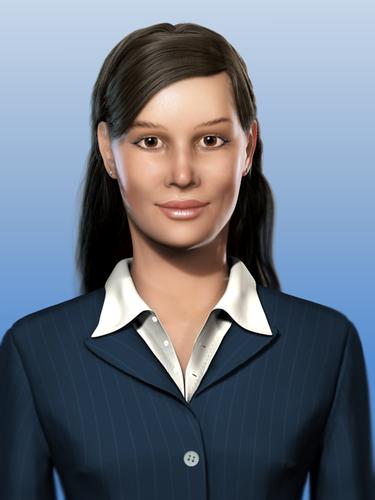The bank is now looking at deploying the CyberTwin as an automatic e-mail response agent. In effect, the CyberTwin intercepts e-mails sent to the bank’s customer support centre, reads and analyses them, and will write and send a reply if it believes it knows the answer to any questions contained in the e-mail.
“The vision is to have it be our online concierge, and have it give more direct offers to customers, be able to hand off to the contact centre, make appointments with a mobile banker, and connect customers with other parts of our Web site or business,” Cullen says.
Despite the success of the CyberTwin deployment, Cullen says there’s still a lot of monitoring and tweaking that needs to be done, particularly around knowledge and content management.
“We also have a level of compliance around what we can and can’t say to customers, so we need to be careful of the language we use,” he says. “There is a lot of reviewing around the content, but you need to establish the base sentence using a technical writer.”
Cullen says response times for an answer to a customer query have also been reduced from around 15 seconds with a human agent, to about two seconds with a AI agent. It also delivers context-relevant hyperlinks to drill down and get more information.
“With traditional help we never knew if we were solving our customers’ problems,” he says. “We now have a two-way conversation where we can find out where our deficiencies are and if we have a problem with our online service. You just don’t get that interactive customer feedback opportunity very often, and that has allowed us to significantly improve the content we have online, so we have expanded it and linked it with other applications.”
NASA
According to Tom Soderstrom, IT CTO in the office of the CIO at NASA’s Jet Propulsion Laboratory in Pasadena, California, the organisation has been using a CyberTwin in Second Life to man its presence there dedicated to the Phoenix Mars Lander spacecraft.
The deployment has enabled the Second Life public to get quick answers to questions about the Phoenix spacecraft, mission, Mars and the prospects of finding signs of ancient life there.
“The good news about Second Life is that you know a person is always at the other side of an avatar,” Soderstrom says. “For enterprises, such as NASA and the Jet Propulsion Laboratory that’s also sometimes the bad news [as] it’s often too resource-intensive, but if no one is “manning” the avatar, people get bored and walk away. Instead, in addition to the people-driven avatars, we [wanted] to have automated greeters, or cyber-robots, that could help educate the public.”
Join the CIO Australia group on LinkedIn. The group is open to CIOs, IT Directors, COOs, CTOs and senior IT managers.





